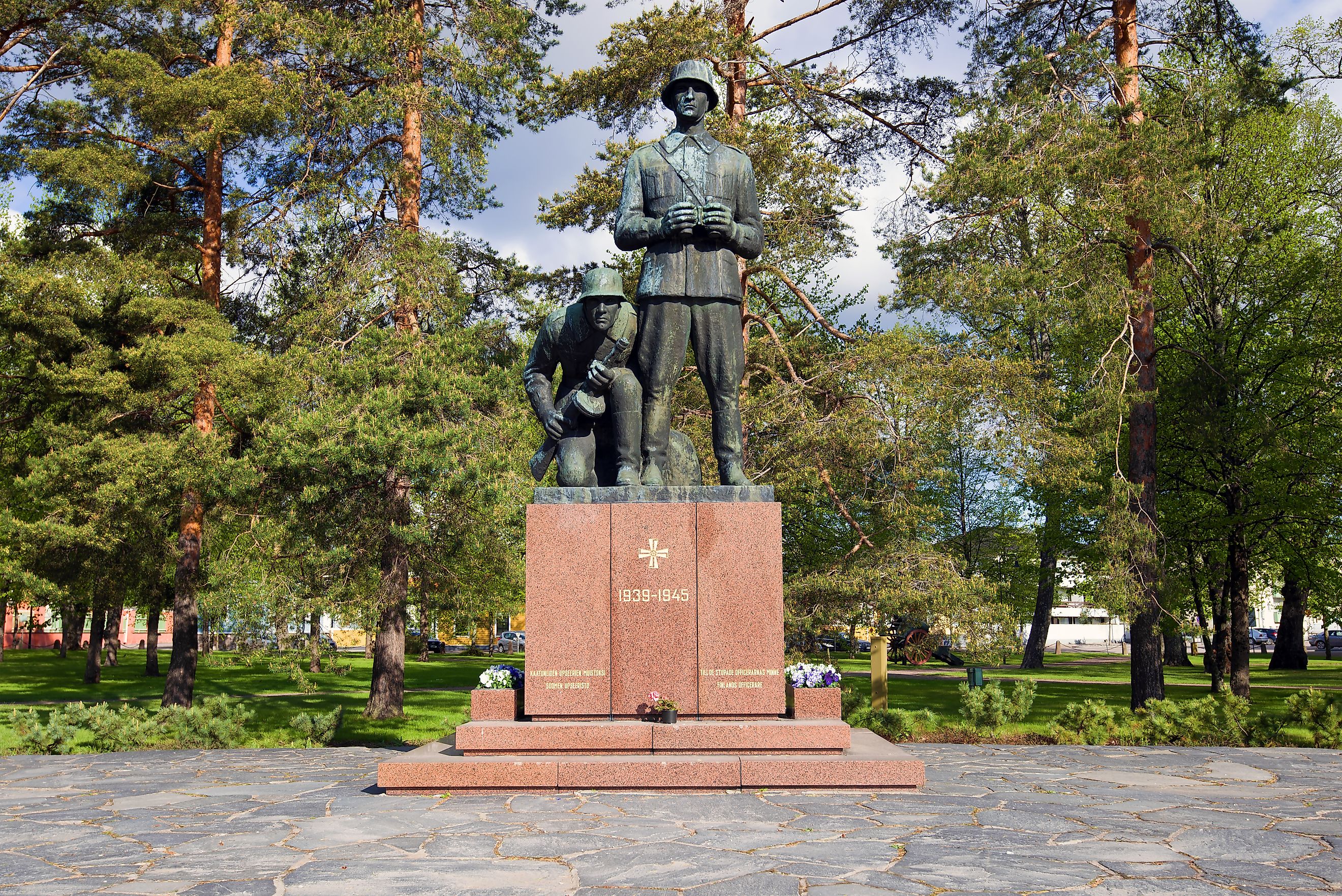
Finland And Sweden's Alignments After The World Wars
Sweden and Finland, nestled together in Northern Europe, have charted unique yet intertwined paths in the aftermath of World War II. Their wartime experiences significantly influenced their post-war political, economic, and security alignments. Finland faced harsh repercussions, including territorial losses and hefty reparations to the Soviet Union, pushing it into a delicate policy of neutrality under Soviet influence—a strategy known as "Finlandization."
Having maintained neutrality during the war, Sweden emerged economically robust and committed to a policy of armed neutrality, investing heavily in defense while engaging in international diplomacy. All through the Cold War, both nations survived anxious global conditions by harmonizing their freedom with the expectations of other countries.
The end of the Cold War and the collapse of the Soviet Union opened doors for greater Western integration, leading Finland and Sweden to join the European Union (EU) in 1995. Lately, marked by Russia's conduct in Ukraine, both countries started to rethink their policies on neutrality and their greater place in Europe and the world.
Consequences and Legacy
Post-War Repercussions for Finland
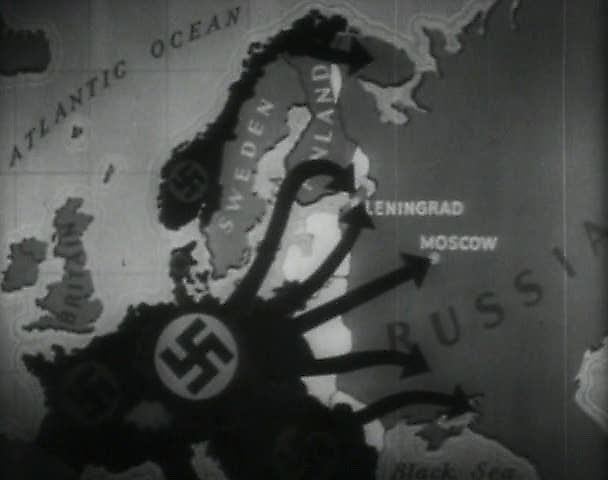
After World War II, Finland faced a tough reality. Large post-war repercussions reshaped its political and foreign policy landscape, particularly with the Soviet Union. The Treaty of Paris in 1947 imposed conditions for Finland due to its alignment with Nazi Germany during the Continuation War. According to the treaty, Finland had to cede the province of Petsamo back to the Soviet Union, reduce the size of its military, and pay $300 million in war reparations to the Soviets over eight years.
The treaty also imposed limits on Finland’s armed forces while prohibiting the acquisition or production of certain types of war materials. These terms aimed to ensure Finland's future neutrality but, at the same time, prevent any resurgence of military aggression. So after the treaty, for all intents and purposes, Finland came out as a neutral nation, though under duress, since it had to balance its autonomy with appeasing the Soviet Union. This problematic kind of neutrality was emphasized the next year after the Treaty of Paris. The Soviets and Finland signed a deal in 1948 called the Treaty of Friendship, Cooperation, and Mutual Assistance. The deal had two main purposes. It laid out Finland’s right to function as a neutral nation but at the cost of ensuring the Soviet Union's concerns over Western influence were looked after.
Finland refrained from joining Western military alliances like the North Atlantic Treaty Organization (NATO), avoided actions that might antagonize the Soviet Union, and even suppressed anti-Soviet sentiment domestically to ensure peace and autonomy.
Sweden’s Post-War Neutrality Policy
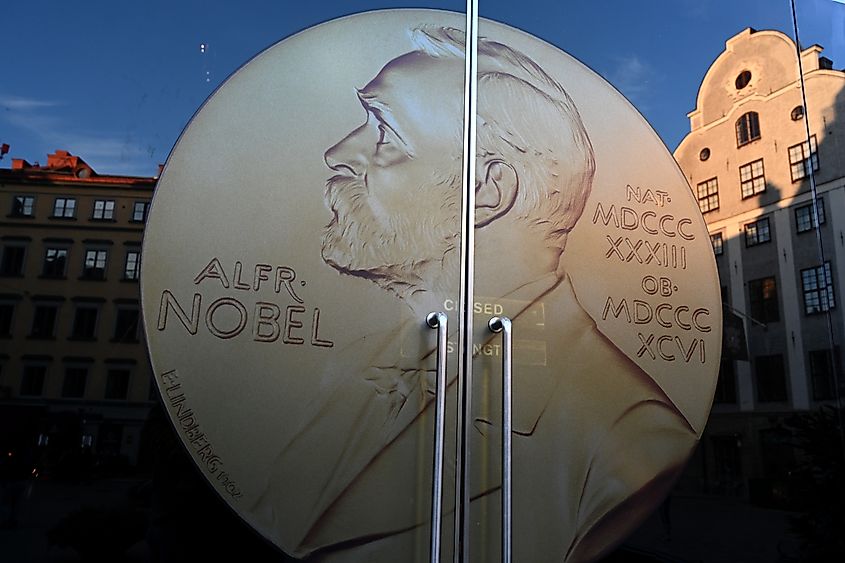
During the Second World War, Sweden strongly maintained its neutrality, which went on to shape how it interacted with the world during the Cold War era. Sweden was one of the founding members of the United Nations (UN), joining in November 1946. So, while they retained their desire to remain neutral, they still saw the global organization as a solution to promote stability and prevent conflicts that could draw them into broader international disputes.
While they joined the UN, Sweden chose not to join NATO or the Warsaw Pact, instead maintaining a policy of armed neutrality. This policy involved significant investment in military capabilities, with defense spending reaching nearly 4 percent of Sweden's GDP by the mid-1950s, ensuring that it could defend its sovereignty if threatened. Sweden’s reliance on Western military technology to maintain a strong defense created a paradox. While the "armed neutrality" policy was meant to ensure Sweden’s independence, its increasing dependency on U.S. arms and technology undermined the neutrality it aimed to protect. This reliance on Western resources blurred the lines between neutrality and indirect alignment with NATO powers.
This was done because of their steadfast work to keep their borders protected. Sweden was very proactive when it came to its safety in a very turbulent world. It boosted its defense system by creating top-notch planes like the Saab 29 Tunnan. At the same time, Sweden's economy continued to swell in the 1950s. The economy was soaring because of the sale of steel, machinery, and cars to rebuild European nations. This prosperity allowed for further investment in both defense and social welfare programs.
Also, they did not simply lock the door and throw away the key. Politically, Sweden took an active role in the UN, promoting peace and diplomacy while carefully balancing relations with both the Western bloc and the Soviet Union. For example, Sweden contributed troops to the UN peacekeeping mission during the 1956 Suez Crisis, promoting diplomacy over military alliances.
Their approach was all about staying neutral but engaged—participating in global affairs without aligning militarily with either side in the new bipolar world order.
Cold War Alignments and Strategies
Finland’s Policy of Neutrality Under Soviet Influence
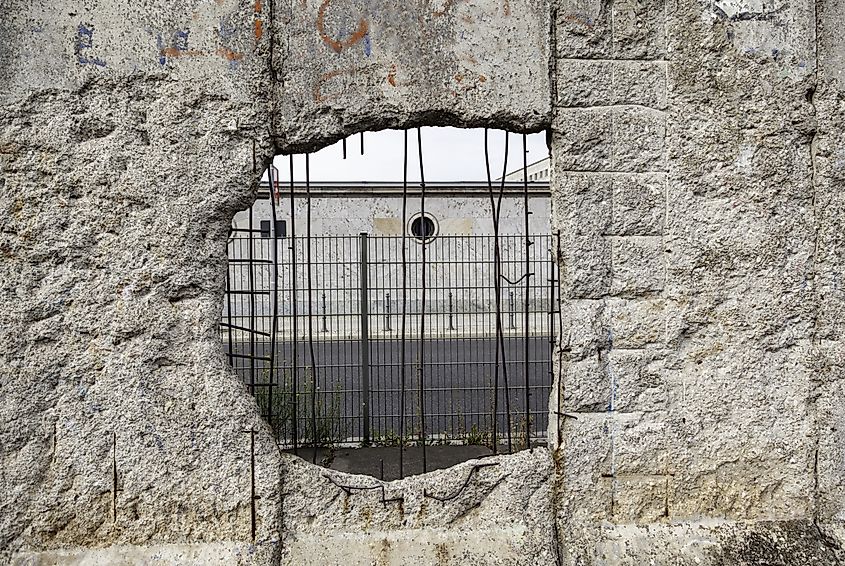
During the 1950s, Finland refined a balanced approach to handling its affairs. They needed to keep a careful balance. They had to stay on good terms with their neighbor, the Soviet Union. But they also wanted to keep their independence. The cornerstone of this approach was the Treaty of Friendship, Cooperation, and Mutual Assistance, which said Finland had to consult the Soviet Union if Germany or its allies became a threat, but Finland could still stay neutral and independent.
Finland’s success in maintaining its independence stemmed not from Soviet tolerance but from its own determination. In the late 1940s, Finland thwarted a Soviet-backed Communist coup, and Finland's resolve to preserve its democratic institutions, combined with the population's refusal to succumb to external pressures, played a decisive role in maintaining its sovereignty during a period of intense Soviet influence. Finland demonstrated its neutrality while actively participating in international organizations that promoted peaceful cooperation without aligning with any bloc. In 1955, Finland joined both the UN and the Nordic Council, signaling its commitment to global diplomacy and regional collaboration. At the same time, it avoided taking sides in Cold War conflicts and refrained from actions that might antagonize the Soviet Union, such as declining aid from the Marshall Plan. That is not to say Finland's policy wasn't put to the test.
Once again, Finland's neutrality came under strain in a new crisis with the Soviet Union. During the Note Crisis of 1961, the Soviets requested military consultations under the Treaty of Friendship, Cooperation, and Mutual Assistance Treaty. The Note Crisis was directly linked to rising Cold War tensions, particularly the Berlin Crisis, a standoff between the Soviet Union and Western powers over control and access to Berlin, which led to the construction of the Berlin Wall to prevent East Germans from fleeing to the West.
This was alarming for Finland because this Soviet request once again looked like interference in Finland’s neutrality, raising fears of military involvement or deeper Soviet control. Once more, Kekkonen skillfully navigated the crisis, emphasizing Finland’s neutral stance while calling for early elections, which solidified his own leadership and also reassured the Soviets of Finland’s commitment to avoiding conflict.
Throughout the 50s and 60s, Finland's policy of "active neutrality" involved a balancing act: it upheld democratic institutions and a market economy, fostered trade with both East and West and acted as a bridge between the two blocs. But, it was clear it was neutrality with a catch, as Finland was constantly trying to appease the Soviets. This strategy allowed Finland to maintain its independence and avoid the fate of neighboring countries that fell under direct Soviet control, all while contributing to regional stability in a polarized world.
Sweden’s Cold War Neutrality

Sweden made a special niche for itself during the same period in the 1950s and 60s. They achieved this by staying out of military alliances while simultaneously strengthening their own defense capabilities. Sweden focused on building up its military, particularly advancing its air force. The development of fighter jets like the Saab Draken made its fleet even more advanced and powerful. By the 1960s, Sweden still boasted one of the most capable air forces in the world. Coming out of the war, nuclear weapons were not off the table. Sweden initially explored nuclear weapons development after World War II but instead shifted toward disarmament. By the 1950s, this secret pursuit of nuclear capabilities gave way to broader political and social opposition, ultimately positioning Sweden as a leading advocate for global disarmament.
Instead of taking a stance of isolationist neutrality, Swedish leaders played important parts in encouraging peacemaking and reducing nuclear weapon numbers. As an example, in 1961, Sweden was one of the founding members of the Eighteen Nation Committee on Disarmament (ENCD), a precursor to today's Conference on Disarmament. Swedish Prime Minister Tage Erlander and later Olof Palme were particularly vocal about nuclear disarmament and reducing global tensions. Sweden's neutral stance allowed it to act as a bridge in international relations as it maintained open channels with both blocs.
All these efforts reinforced Sweden's position as a neutral yet proactive country during the Cold War. By combining a strong defense policy with active participation in peace initiatives, Sweden managed to assert its neutrality while still having a significant impact on the global stage during the 50s and 60s.
The Conclusion of the Cold War and Road to European Integration
Finland’s Shift Towards Europe
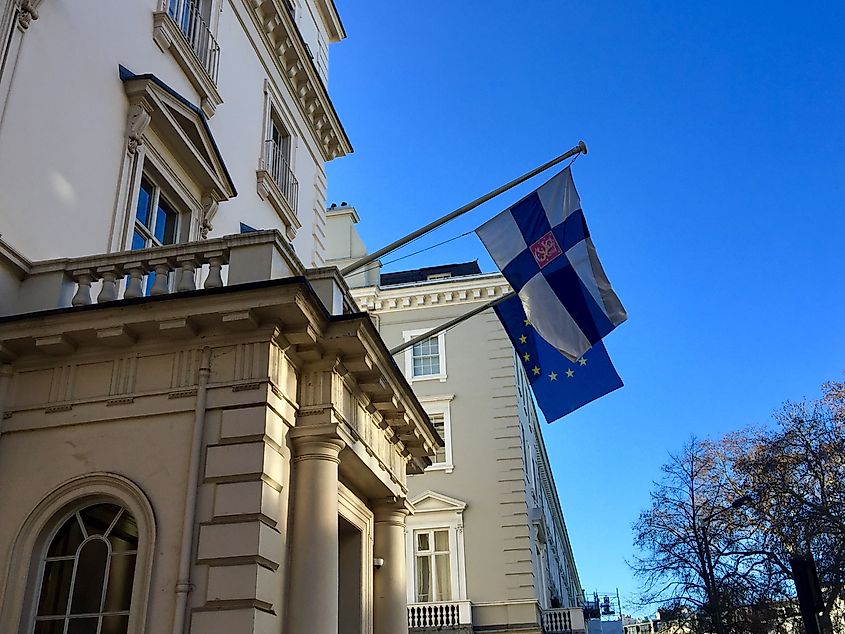
As the Cold War came to a close, Finland grabbed this opportunity to turn towards the West. As the power of the Soviet Union began to break apart, Finland let go of its decades-long balancing act. In 1986, they made an important move when they became a full member of Europe's Free Trade Club (EFTA). This helped Finland bind more strongly with Western Europe's financial system, which set the stage for even deeper connections with its Western neighbors.
The collapse of the Soviet Union dramatically changed the dynamics of politics in Finland. With the major source of political pressure gone, Finland felt freer to redefine its foreign policy. In 1992, Finland put forth a request to become a member of the EU, a move away from its long-standing approach of careful neutrality. Following several years of talks, Finland formally joined the EU in 1995. This was not merely a small official change—it was a big shift in how Finland approached foreign relations and secured its position on the global stage.
Joining the EU allowed Finland to participate fully in the European single market, boosting trade and economic growth. It also meant Finland could have a voice in European policymaking on environmental regulations, human rights, and regional security issues. For example, Finland actively shaped EU environmental policies, particularly through its leadership in sustainable forest management, reflecting its commitment to balancing economic growth with environmental protection.
Sweden’s Continued Neutrality and EU Membership
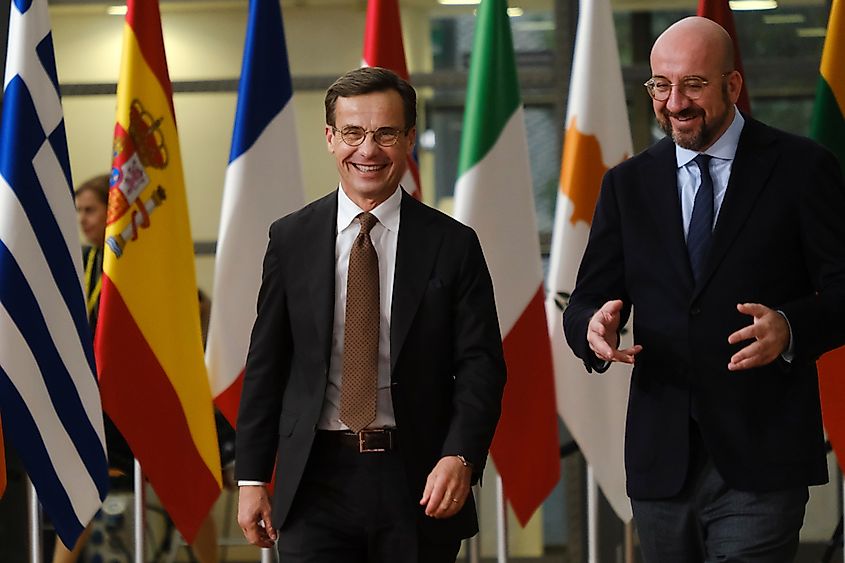
For centuries, Sweden was recognized as a neutral country among its European brothers and sisters, but it found it necessary to reassess this stance. With the Cold War ending, Europe's map was rapidly changing. In 1995, they made a big shift by joining the EU, marking a major change in their approach to international cooperation.
Sweden’s decision to join the EU in 1995 involved democratic adjustments. The official Swedish discourse framed EU membership as a trade-off: losing some formal sovereignty while gaining practical sovereignty through increased problem-solving capacity within the EU. This "calculus of sovereignty" redefined democratic values, emphasizing efficiency over purely procedural democracy as Sweden engaged more deeply in European integration despite its long-standing neutral foreign policy. Sweden decided to join the EU for several reasons. Simply put, they faced economic difficulties in the early '90s, and becoming an EU member offered access to larger markets and new economic growth opportunities, helping stabilize their financial situation.
As part of the EU, Sweden would also gain a stronger voice on important issues like environmental protection and social welfare programs. This decision was important because it increased their connection with other European countries on political and economic levels. Despite these massive changes, Sweden decided to stay out of NATO and other military alliances.
However, they did participate in peacekeeping missions. For instance, Sweden helped out during the UN mission in Bosnia throughout the 1990s. Their assistance contributed greatly towards maintaining order following the Yugoslav Wars. EU membership also influenced Sweden's foreign policy by making it more collaborative. Sweden started to participate more in joint EU actions and discussions, but always with an eye on maintaining its neutrality. For example, Sweden contributed to the EU’s civilian missions in Kosovo in 2008, focusing on law enforcement and governance. This balancing act allowed Sweden to stay true to its traditions while adapting to a new European landscape.
In the end, joining the EU did not mean abandoning neutrality for Sweden. Instead, it opened up new avenues for cooperation and influence without compromising its core principles. Sweden managed to enhance its role in European affairs, contribute to regional security, and still keep its longstanding policy of staying out of military alliances.
Sweden and Finland’s NATO Membership Bid
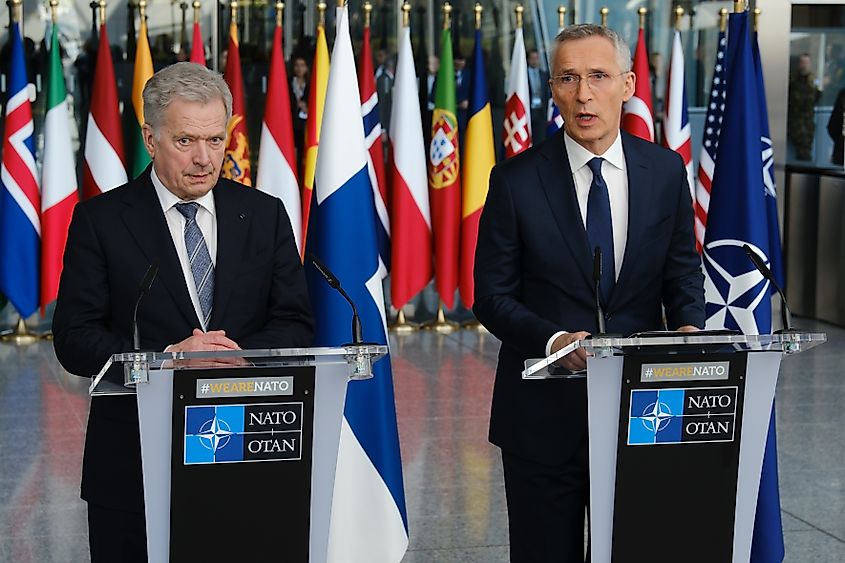
In a remarkable shift from years of steering clear of military alliances, Sweden and Finland chose to seek membership in NATO. This decision came as an answer to Russia's invasion of Ukraine in February 2022. This marked a significant change in their security policies, driven by heightened concerns over regional stability. While both countries submitted their applications simultaneously in May 2022, their paths toward membership unfolded differently.
Finland's decision was influenced by its 1,300-kilometer border with Russia and its neighbor's aggressive actions. Finland's views changed drastically after the Russian invasion. Support for joining NATO zoomed from roughly 20 percent to close to 80 percent in the blink of an eye. Finland's application moved swiftly through the NATO ratification process to make things easier.
Finland faced minimal opposition from existing NATO members. By April 2023, all member countries had approved Finland's membership, and it became the alliance's 31st member. Finland's accession was smooth partly because there were no significant issues that concerned other NATO members. Sweden, however, encountered obstacles, primarily from Turkey. They accused Sweden of supporting Kurdish groups like the Kurdistan Workers' Party (PKK), which Turkey strongly opposes, as they consider the PKK a terrorist organization. Turkey made stern requests for Sweden to act decisively. For instance, they asked for specific individuals to be expelled and for actions supporting these groups to be reduced drastically. Hungary delayed ratification as well, citing political disagreements, though their objections were less specific than Turkey's.
Sweden gave concessions. The Swedish government amended its terrorism laws and increased cooperation with Turkey on security matters. So, in early 2024, their membership in NATO was approved. Sweden officially became a member of NATO, after both Turkey and Hungary ratified its application earlier. Turkey's parliament approved Sweden’s bid in January 2024, and Hungary's final approval was in February 2024.
The different experiences of Finland and Sweden highlight the complexities of international alliances. Finland's smoother accession can be attributed to its cautious foreign policy and lack of contentious issues with other NATO members. Both countries could see being part of NATO as more than just resistance against possible attacks; it also means pledging themselves to protect other democratic nations together.
This shift also has broader implications for the security landscape of Northern Europe. The inclusion of Finland and the prospective addition of Sweden strengthen NATO's presence in the region, potentially reshaping the dynamics around the Baltic Sea. It underscores a trend where nations reassess traditional policies in light of new threats, opting for collaboration over neutrality to ensure their national security.

Sweden and Finland's trajectories from World War II to the present reflect the fluidity of national security policies amid changing global dynamics. Finland, compelled by post-war repercussions and proximity to the Soviet Union, adopted a nuanced neutrality to preserve its sovereignty during the Cold War. Leveraging its wartime neutrality, invested in robust defense and active diplomacy while remaining non-aligned.
The dissolution of the Soviet Union led both nations to integrate more deeply with Western Europe through EU membership in 1995. However, Russia's recent invasion of Ukraine prompted a pivotal reassessment of its security strategies. Finland's swift accession to NATO and Sweden's more recent membership reflects a strategic shift toward collective defense mechanisms. This evolution highlights their recognition that neutrality alone may no longer suffice to ensure national security. Both countries aim to strengthen regional stability and adapt to the contemporary geopolitical landscape by aligning more closely with Western alliances.











